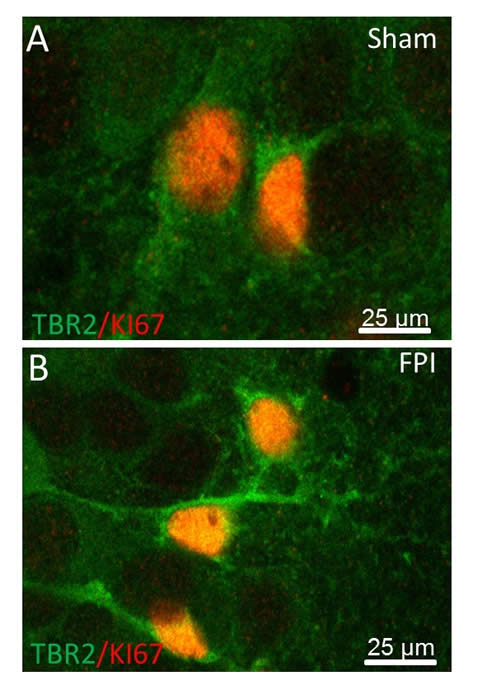
| About us |
| Research |
| Lab members |
| Publications |
| Links |
| Contact |
| 6. Effect of Injury biomechanics on neuropathology and outcomes after brain trauma |
||
 |
Blast-related traumatic brain injury (bTBI) is the signature injury of combat troops in recent wars and leads to long-term physical, mental and cognitive deficits. Blast TBI (bTBI) is defined as an injury due to “primary” blast wave exposure and impact TBI (iTBI) as injury due to “blunt-force or impact”. Although impact TBI is known to contribute to distinctive neuropathology and development of post traumatic epilepsy (PTE), the nature of the neuronal pathology and risk for epilepsy after high rate impact such as blast injury is not known. The inherently distinct biomechanical characteristics of blast and impact injuries and the corresponding brain tissue responses suggest that the mechanisms and risk for PTE after blast may differ from those following impact injuries. Using a field-validated shock tube developed by Dr. Chandra (NJIT), a rate-alterable voice-coli fluid percussion injury device developed by Dr. Pfister (NJIT) and standard fluid percussion injury, we are examining the risk for post traumatic epilepsy and the underlying mechanisms, early behavioral and cellular markers after high-rate and blast TBI. The discovery of the specific risk for PTE after bTBI and the underlying mechanisms is a necessary first step towards improved diagnostic tools, follow up assessment and treatment regimens. Past and Current Funding: NJCBIR 11-3223-BIR-E-O and Rutgers Brain Health Institute Pilot Grant.
|
|